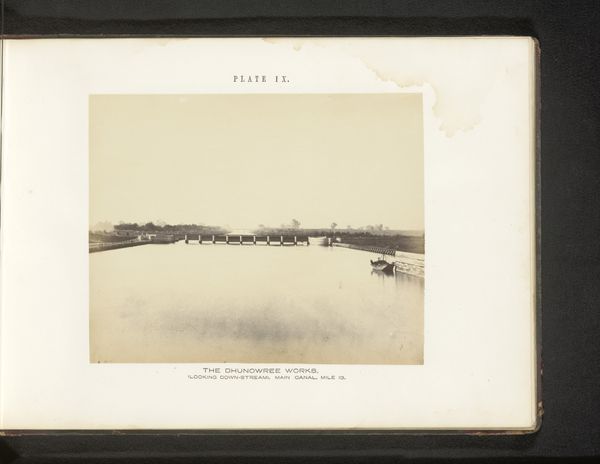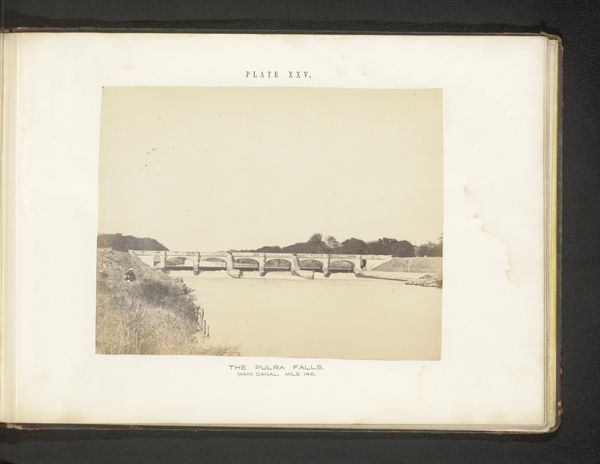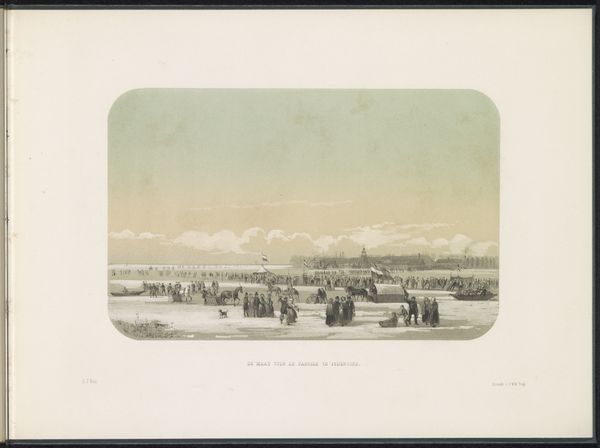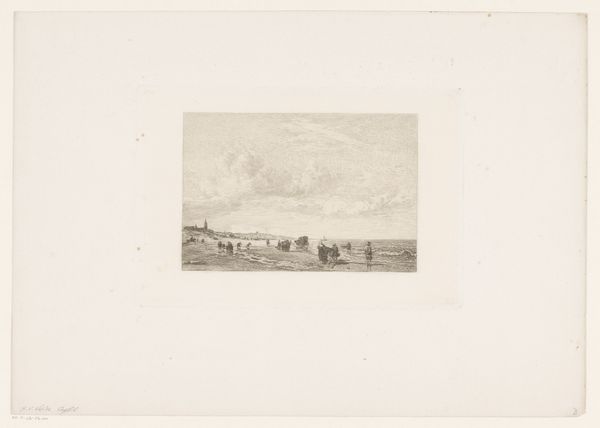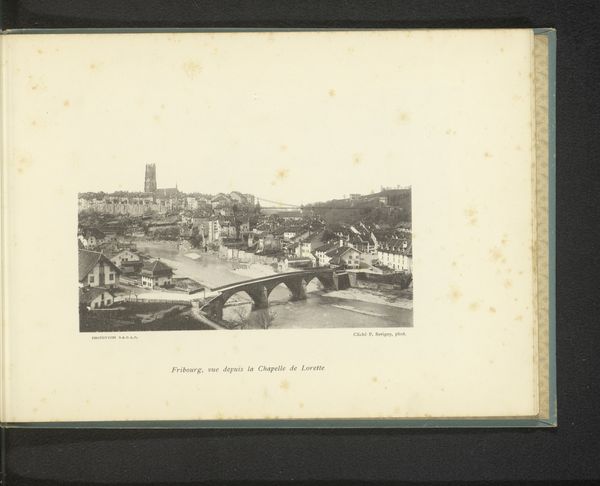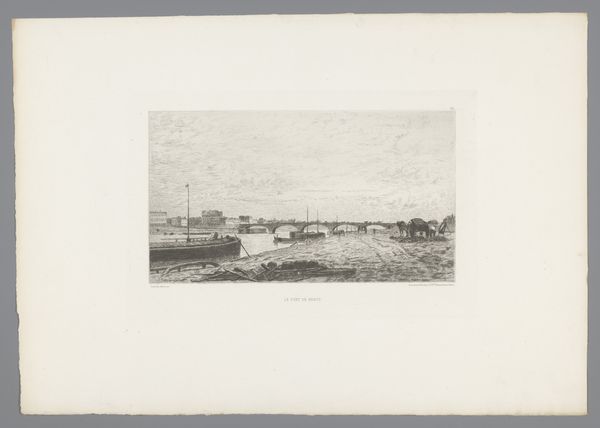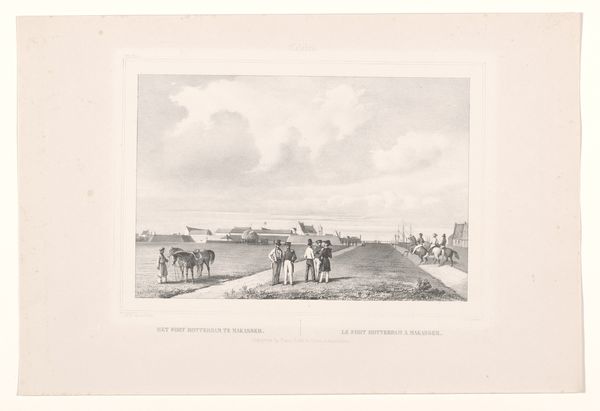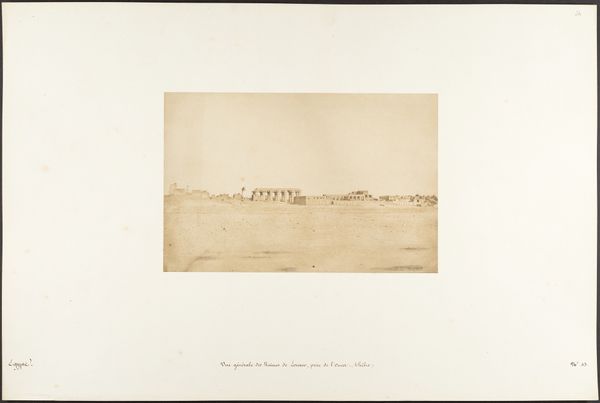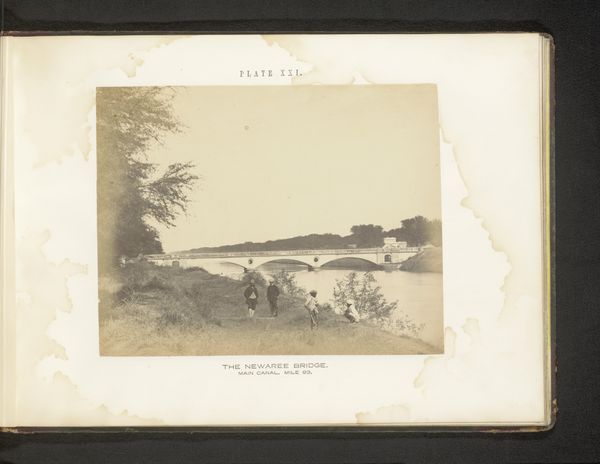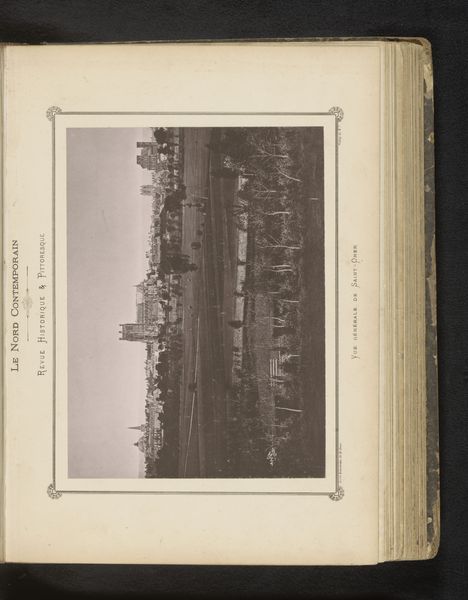
gelatin-silver-print, photography, gelatin-silver-print
#
gelatin-silver-print
#
asian-art
#
landscape
#
photography
#
gelatin-silver-print
Dimensions: height 240 mm, width 240 mm
Copyright: Rijks Museum: Open Domain
Editor: We’re looking at “Rijstteelt te Grobogan,” a gelatin silver print from between 1910 and 1928. It depicts rice cultivation and there's such a quiet, observational feel to the image, so… lived-in. What strikes you most about it? Curator: You know, that “lived-in” feel gets me too. It’s more than just documentation, isn’t it? I think that has to do with how it’s framed. A sense of immersive field-work. Editor: How so? Curator: Well, it captures a real scene—the bending figures planting, the men overseeing… but then you feel the photographer holding back, as a conscious creative choice: The composition directs your gaze beyond documentary into observation; to stand beside it is to also think beyond it, if that makes sense. Editor: It does, almost like it's inviting empathy, to feel some of that field-work, that back-breaking work... What can a photo like this tell us that, say, a painting couldn't? Curator: A painting might idealize. It may romanticize it even. The nature of early photography, particularly documentary-style, presents things ‘as they are.’ Or at least, gives the illusion of capturing an untouched reality, if such a thing even exists. Of course, this very "untouched reality" also relies on subjective choice; light, shadow, the photographic "frame", no? Editor: That's a good point. I hadn’t considered the photographer's own perspective being so subtly woven in. I came in seeing a record, leaving, contemplating composition itself! Curator: Wonderful, that’s the essence, I’d say! Photos help us 'feel', but art reframes perception, that simple, yet elegant paradox.
Comments
No comments
Be the first to comment and join the conversation on the ultimate creative platform.
